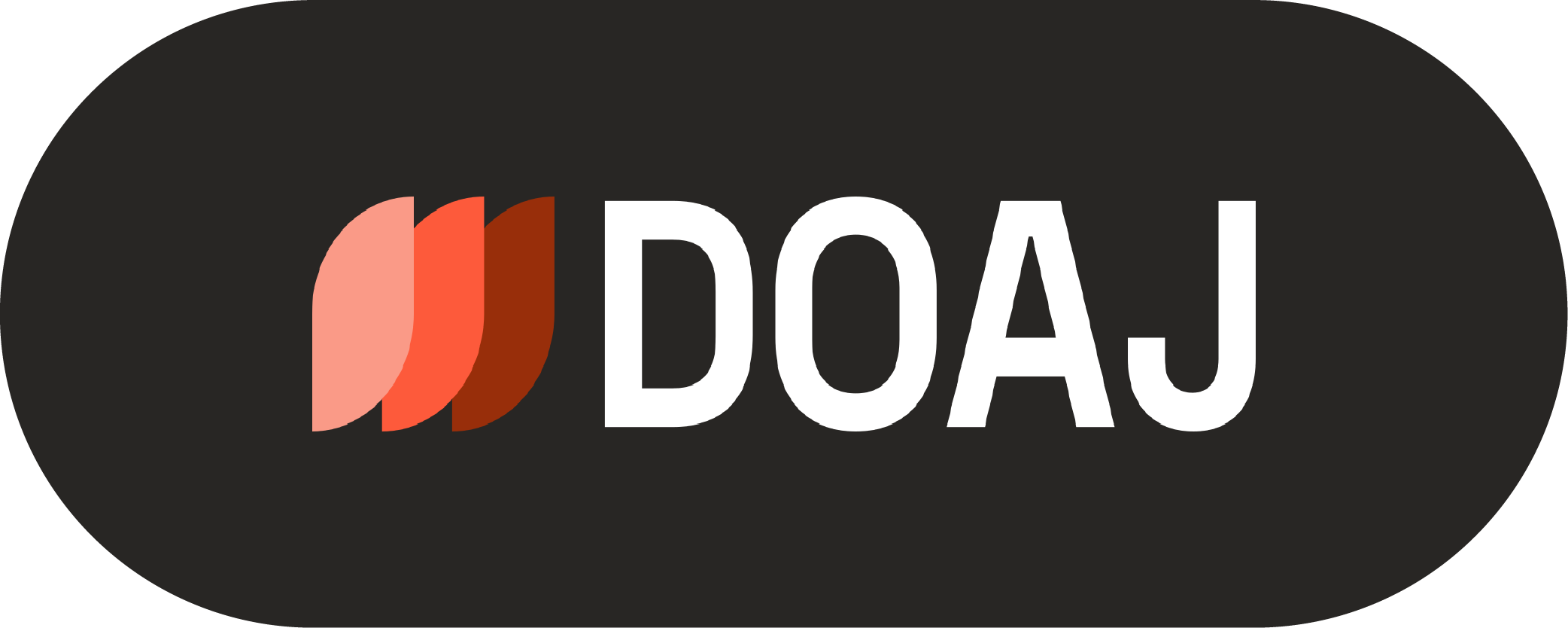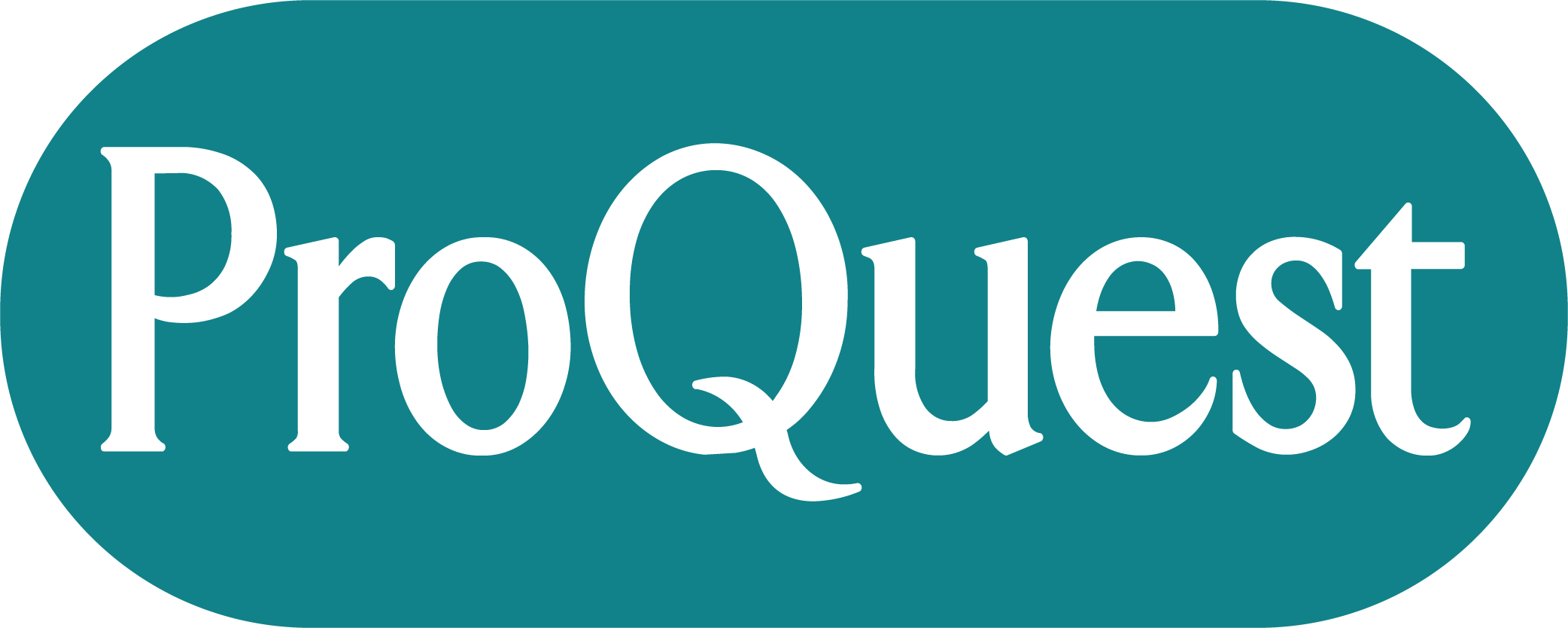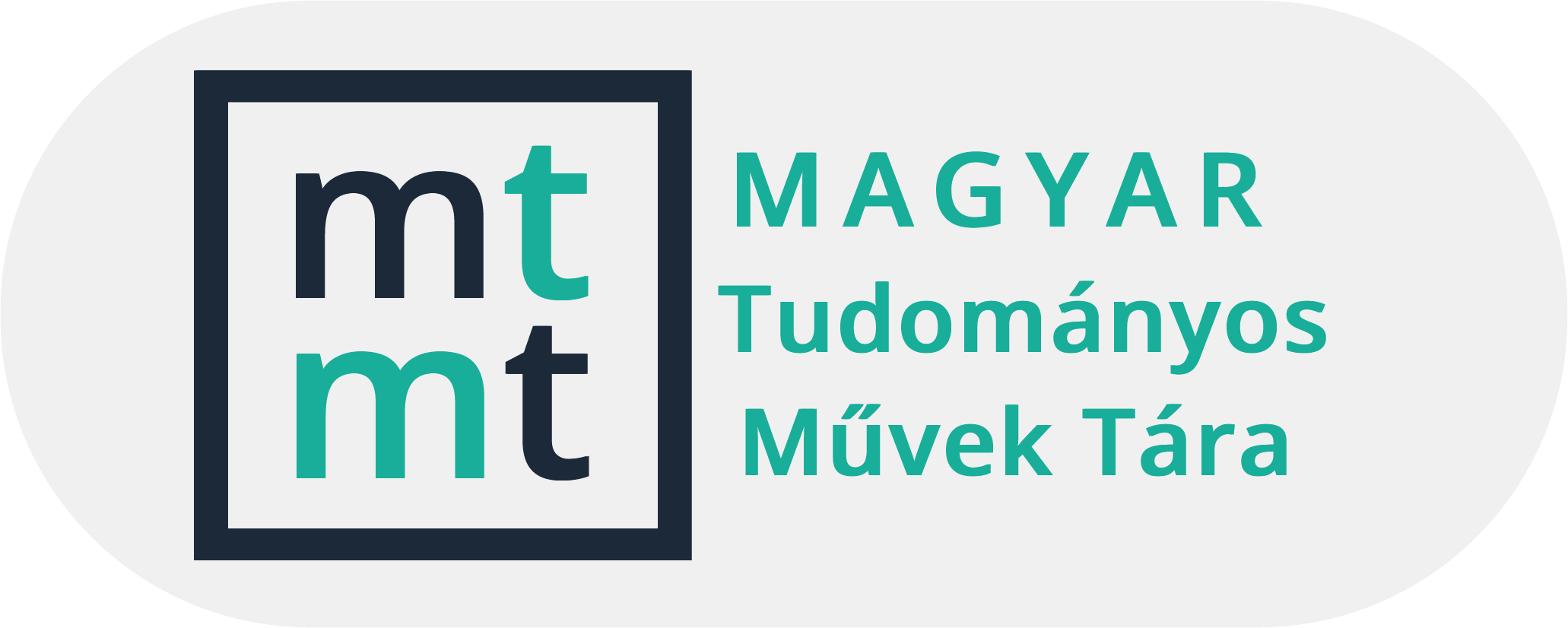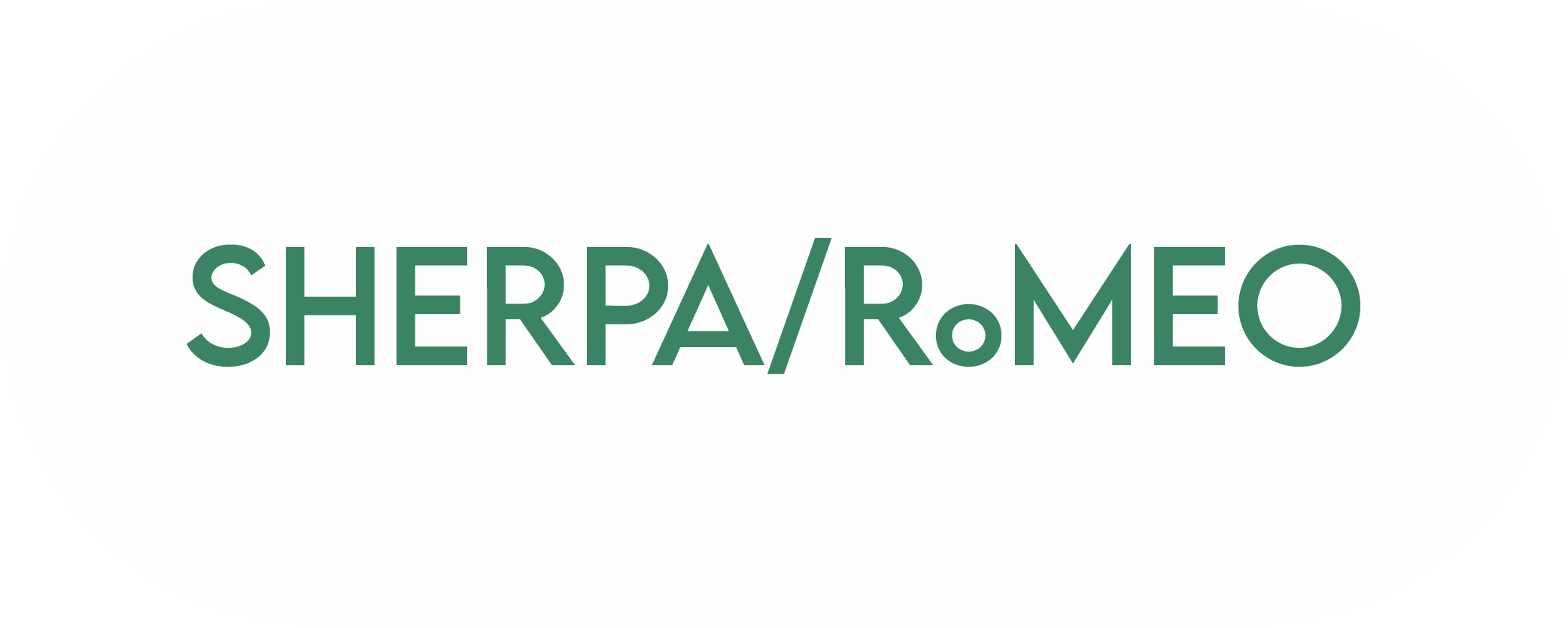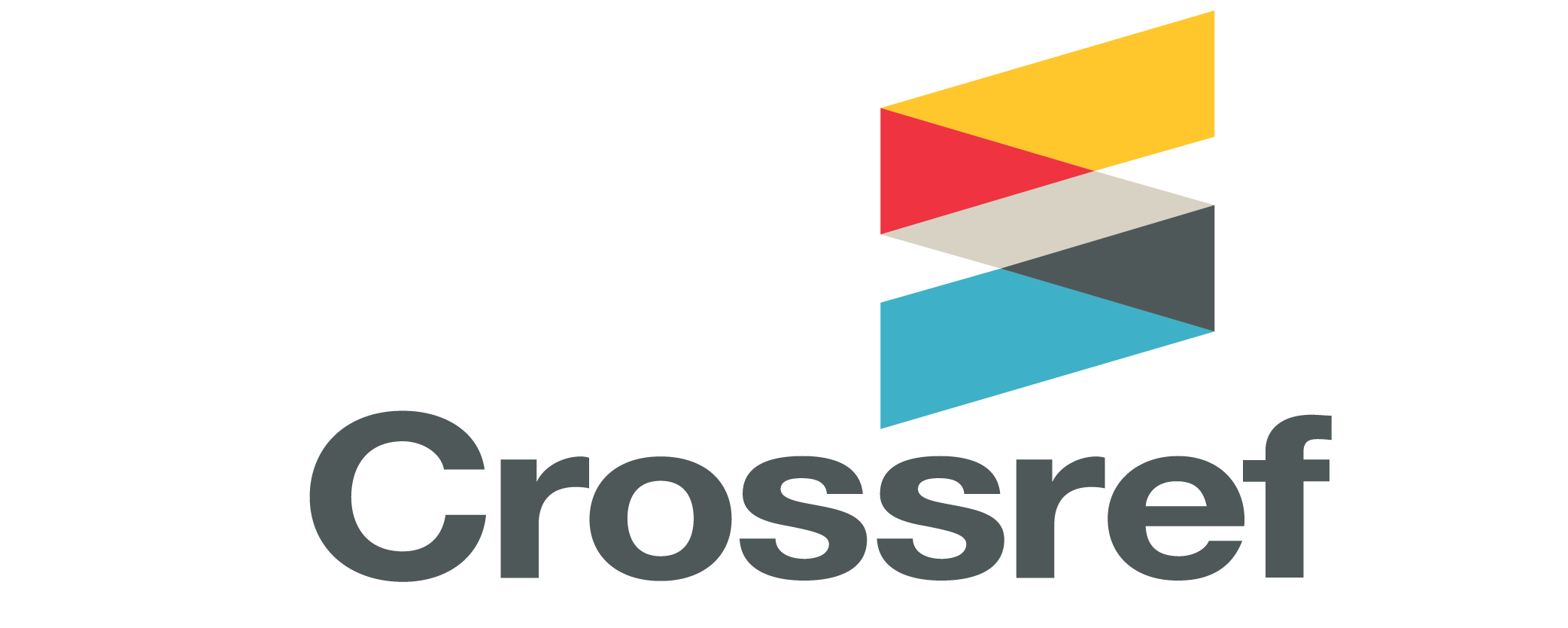Search
Search Results
-
Information System’s experiences of EGERFOOD project making use of it in the education of the database management
197-210Views:100We present in this article the background of a developed food safety tracking system searched and formed in the Regional Knowledge Centre of Eszterházy Károly College, the requirements following from this, and by way of the requirements towards the information system appearing expectations. The development of the consumer centre system is a complex task which provides fast and cost-effective information for consumers, food producers and concerned authorities. It accomplishes severe expectations of the tracking system in connection with data security and encryption beside all this. We demonstrate in this article that forming of database model why we chose the general model. We also demonstrate what kind of SQL server we chose for buffer servers and central data warehouse. We wish to support our choosing with the result of done efficiency examinations. It is important viewpoint what kind of database planning principles we base these examinations on and how we match them to the requirements of the system. As software engineers took part in the development effectively from the first minute of the planning of the system, we can examine with what this project work was able to raise students' qualification and knowledge in addition to the general curricular substance. -
The use of e-tests in education as a tool for retrieval practice and motivation
59-76Views:224In many studies we can read about what techniques are used in the educational process to deepen knowledge, and what can motivate students to learn. We aimed to give our students (who will be a teacher) a practical demonstration of learning techniques. We carried it within the framework of a course, at the end of which we also examined how much it motivates students if they write an e-test as a retrospective in order to deepen the material of the lesson. In the paper, we will present the results of the research as well as students’ opinions regarding the motivating effect of the tests.
Subject Classification: 97-01, 97D40, 97I10
-
Task variations for backtrack
107-120Views:153This article has been written for informatics teachers who want to issue back-track based tasks on their lessons or as homework or on competitions. We present a few methods to generate a more complicated problem from a simpler task, which will be more complex, and its solution needs a good idea or trick. Starting from an example, we lead the reader through increasingly di cult task variations.
Subject Classification: 97P50
-
Fehleranalyse beim Lösen von offenen Aufgaben Ergebnisse einer empirischen Studie in der Grundschule
83-113Views:137Open problems play a key role in mathematics education, also in primary school. However, children in primary school work in many relations in a different way from learner in secondary school. Therefore, the (possibly) first confrontation with an open task could be problematical. Within the framework of an international paper and pencil test it was examined how far children of primary school notice the openness of a task and which mistakes they do during working on that task. In particularly are meant by openness different interpretations of the task, which all lead to a set of numbers with more than one element as a result. For evaluation, a common classification system was adapted by slightly modification of the original system. -
Metadata and education
325-343Views:119This article is a (possible) conceptual educational model, which introduces data representation, information storage and retrieval possibilities on the Web in a way analogous to the levels of organization of metadata.
The model uses the traditional library and information systems as a starting point, referring to the levels and types of information organization, and describes directions of its development. General acquaintance with the dominant organizational levels and types helps to understand the information organization on the internet, the coexistence of both structured and unstructured elements, the closedness and deficiencies of the content of information, and also helps to find possible ways of correcting these deficiencies. One of the main advantages of model-driven approaches is that they, by using the well-known classical systems, make tangible the development of physical and content data organization types and levels of organization of information for medical students that usually do not possess informatics knowledge.
The conceptual model presented in details in the article can provide a basis for a general introduction to metadata and to develop curricula equally appropriate for traditional face to face classes, trainings and online courses. -
Report of Meeting Researches in Didactics of Mathematics and Computer Sciences, April 1-3, 2022 Baja, Hungary
135-155Views:254The meeting Researches in Didactics of Mathematics and Computer Sciences was held in Baja, Hungary, at Eötvös József College, from the 1st to the 3th of April, 2022. It was organized by the Doctoral School of Mathematical and Computational Sciences of the University of Debrecen and by Eötvös József College. The 62 participants - including 18 PhD students - came from 8 countries and represented 26 institutions of higher and secondary education. There were 3 plenary and 40 session talks in the program.
-
Modelling and simulation in education and the NetLogo simulation environment
229-240Views:130Just like real experimentation, computer simulation is a method for understanding the world. In the present paper I will demonstrate its possible didactic advantages and application potentials. The displayed simulations, which will be analyzed in a separate section, were all made in the NetLogo environment, one of them by the author himself. -
Some Remarks on History of Mathematical Problem Solving
51-64Views:111In this contribution, it is our goal is to look on history of mathematics as a resource for a long-term study of mathematical problem solving processes and heuristics. In this way we intend to get additional information, e. g., about heuristics which proved to be extremely successful to create new mathematics. "Changing representation" and "false position" are examples of such strategies, which are illustrated by concrete examples to demonstrate the use for classroom teaching and teacher education. Our methods are based on hermeneutic principles. -
Development of classification module for automated question generation framework
89-102Views:130Automatic question generation is in the focus of recent researches which includes bordering disciplines like education, text mining, knowledge-engineering. The elaborated system generates multi-choice questions from textbooks without using an external semantic database. One of the base modules of the system is the classification module defining the extracted word. This paper describes modules of the framework including a detailed analysis of the classification part. We show the operability of the elaborated system through a practical test. -
A survey on how students seek information on the internet
153-165Views:63Navigating among the information available on the Internet has become an expectation for the members of the information society we are living in. This especially applies to students of higher education, the intellectuals of the future. It is a general experience that most users make one or two word searches and they don't know about the possibilities offered by various search engines, which can make searches more effective. Given results from abroad we have set up a study among the students of the University of Debrecen (UD) about their use of the Internet, their knowledge of searching strategies and techniques, their perceptions of the effectiveness and efficiency of search engines. This paper reports the results of this study. The results imply that it is imperative that area should be included in the curriculum. -
Self-regulated learning in mathematics lessons at secondary level
139-160Views:19Self-regulation is a prerequisite to be able to set goals and to find suitable ways to reach them. Furthermore, it is an important ability which affects different areas of every day’s life. In educational context, self-regulation is often linked to self-regulated learning. The concept of self-regulated learning as well as key terms related to this topic such as problem-solving and modelling tasks will be discussed, while an emphasis lays on the role of the teacher. In this paper, a study on the attitudes of mathematics teachers towards self-regulated learning is presented. It focuses on teachers’ assessment of the possibility and limitations of self-regulated learning in mathematics lessons. It can be observed that most of the surveyed teachers try to incorporate self-regulatory processes in their teaching, but encounter difficulties related to various factors, such as their students, framework conditions, and the time required for such learning processes.
Subject Classification: 97D10
-
Report of meeting Researches in Didactics of Mathematics and Computer Sciences: January 23-25, 2015 Novi Sad, Serbia
141-162Views:123The meeting Researches in Didactics of Mathematics and Computer Sciences was held in Novi Sad, Serbia from the 23th to the 25th of January, 2015 at the University of Novi Sad. It was organized by the PhD School of Mathematics and Computer Sciences of the University of Debrecen and the Department of Mathematics and Informatics of the University of Novi Sad.
The 70 participants – including 42 lecturers, and 18 PhD students – came from 9 countries, 28 cities and represented 40 intstitutions of higher education. -
Implementation opportunities of the Moodle learning management system in virtual environment the Sloodle project
275-293Views:80Using e-learning was firstly appeared in companies' sphere. It should be very useful if learning management systems were applied. Nowadays e-learning is used in different fields and gives useful informations in case of basics and its knowledge. It is essential to know the arranging technics and applicated handling methods of some supporting learning management systems of e-learning. The Moodle is the best-known learning management system.
The Second Life is one of the virtual environments which is useful in learning-teaching methods that is used in most educational institute all over the world. Sloodle is an open source project which connects the Second Life with Moodle learning management system. Sloodle is a kind of "bridge" in which different kind of activities and registering and provided in both Moodle and Second Life.
In our department, University of Debrecen Health Faculty of Nyíregyháza ILIAS learning management system has operated since February, 2008. In the interest of higher level education we decided to use and made available some courses through Moodle learning management system.
Some tools of Sloodle will be presented in our article. It will be the first study for our research in which we would use the Moodle learning management system, the virtual environment of Second Life and the project of Sloodle itself. Our article will contain the starting details and its statistical confirmation of our Sloodle project. We like to demonstrate that the results of the Sloodle-aided group are significantly better than the results of the control group in the most cases. -
Our duties in talent management in the light of the results of the International Hungarian Mathematics Competition of 2017
55-71Views:108The 4th International Hungarian Mathematics Competition held in Transcarpathia, Beregszász between April 28 and May 1, 2017, was organized by the Hungarian Carpathian Hungarian Teachers' Association (KMPSZ) and the Ferenc Rákóczi II. Transcarpathian Hungarian Institute (II. RFKMF).
The venue for the competition was the building of the Ferenc Rákóczi II. Transcarpathian Hungarian Institute. 175 students participated in the competition from Hungary, Romania, Serbia, Slovakia and Transcarpathia.
In this article, we are going to deal with the problems given in the two rounds to students in grades 5 and 6, and, in the light of expectations and performance, we make some suggestions for a more effective preparation of talented students on after-school lessons. -
Report of meeting Researches in Didactics of Mathematics and Computer Sciences: January 21 – January 23, 2010, Debrecen, Hungary
177-195Views:88The meeting Researches in Didactics of Mathematics and Computer Sciences was held in Debrecen, Hungary from January 21 to January 23, 2010. The 42 Hungarian participants – including 16 PhD students – came from 5 countries, 14 cities and represented 25 institutions of higher education. The abstracts of the talks and the posters and also the list of participants are presented in this report. -
Report of Conference XXXIX. National Conference on Teaching Mathematics, Physics and Computer Science-August 24-26, 2015 Kaposvár, Hungary
309-331Views:70The XXXIX. National Conference on Teaching Mathematics, Physics and Computer Sciences (MAFIOK) was held in Kaposvár, Hungary between 24 and 26 August, 2015 at the Faculty of Economic Sciences of Kaposvár University. It was organized by the Department of Mathematics and Physics. The 67 participants – including 5 invited lecturers and 54 lecturers – came from 5 countries and represented 16 institutions of higher education. -
Application of computer algebra systems in automatic assessment of math skills
395-408Views:130Mathematics is one of those areas of education, where the student's progress is measured almost solely by testing his or her ability of problem solving. It has been two years now that the authors develop and use Web-based math courses where the assessment of student's progress is fully automatic. More than 150 types of problems in linear algebra and calculus have been implemented in the form of Java-driven tests. Those tests that involve symbolic computations are linked with Mathematica computational kernel through the Jlink mechanism. An individual test features random generation of an unlimited number of problems of a given type with difficulty level being controlled flat design time. Each test incorporates the evaluation of the student's solution. Various methods of grading can be set at design time, depending on the particular purpose that a test is used for (self-assessment or administrative exam). Each test is equipped with the correct solution presentation on demand. In those problems that involve a considerable amount of computational effort (e.g. Gauss elimination), additional special tools are offered in a test window so that the student can concentrate on the method of solution rather than on arithmetic computations. (Another obvious benefit is that the student is thus protected from the risk of frustrating computational errors). Individual tests can be combined into comprehensive exams whose parameters can be set up at design time (e.g., number of problems, difficulty level, grading system, time allowed for solution). The results of an exam can be automatically stored in a database with all authentication and security requirements satisfied. -
Research on IT language use at a company
203-219Views:125The aim of the research of the IT language, used in the written documents of a company, is to contribute to the creation of a (mono- or bilingual) dictionary or encyclopaedia available for the public on the Internet, serving, among others, as a reference tool for the unified, controlled and unambiguous use of IT terms for students at various educational levels. To this ongoing work, the participation and cooperation of a panel of experts of different competences, linguists as well as IT experts, is indispensable.
The methods of corpus linguistics were used to carry out the research. The IT terms were separated from the texts and then a concordance software was used to see the environment of the IT words and phrases in which they occur. So their morphological analysis became possible.
The results of the research showed that a great number of Hungarian morphological language use problems stem from the way the IT terms are used in the documents. This paper lists, groups, analyses these phenomena.
The conclusions of the author are: (1) If such an Internet dictionary is used generally and consulted when e.g. somebody wants to write a composition or essay, translate an article, write a newspaper article, a scientific publication or a textbook to be taught at schools of different types and levels, etc. most of the communication noises could be filtered out. (2) At the same time it could promote the use of adequate (both in linguistic and technical meaning) Hungarian terms eliminating the "Hunglish" usage. (3) It could also contribute to the prevailing use of the relevant Hungarian terminology. Such a dictionary would be indispensable, not only in educational and industrial environments but in the electronic and traditional media as well. Last but not least, it could raise the level of different teaching materials (textbooks, e-materials, etc.) used in public and higher education. -
Promoting a meaningful learning of double integrals through routes of digital tasks
107-134Views:356Within a wider project aimed at innovating the teaching of mathematics for freshmen, in this study we describe the design and the implementation of two routes of digital tasks aimed at fostering students' approach to double integrals. The tasks are built on a formative assessment frame and classical works on problem solving. They provide facilitative and response-specific feedback and the possibility to request different hints. In this way, students may be guided to the development of well-connected knowledge, operative and decision-making skills. We investigated the effects of the interaction with the digital tasks on the learning of engineering freshmen, by comparing the behaviours of students who worked with the digital tasks (experimental group, N=19) and students who did not (control group, N=19). We detected that students in the experimental group showed more exibility of thinking and obtained better results in the final exam than students in the control group. The results confirmed the effectiveness of the experimental educational path and offered us interesting indications for further studies.
Subject Classification: 97D40, 97U70, 44A45
-
The shift of contents in prototypical tasks used in education reforms
203-219Views:152The paper discusses the shift of contents in prototypical tasks provoked by the current educational reform in Austria. The paper starts with the educational backboard of the process of changes in particular with the out tting of the students' abilities in different taxonomies and its implementation in the competence models of Mathematics. A methodological didactical point of view on the process is given additionally. Examples out of a specific collection of math problems which arise from the educational reform are integrated and analysed in the context of educational principles and methods. The discussion ends with a short evaluation of the role of traditional approaches to tasks in the ongoing reform. A bundle of tasks as proof that they are still alive is presented finally.
Subject Classification: 97B50, 97D40, 97D50
-
Exploring the basic concepts of Calculus through a case study on motion in gravitational space
111-132Views:184In universities, the Calculus course presents significant challenges year after year. In this article, we will demonstrate how to use methods of Realistic Mathematics Education (RME) to introduce the concepts of limits, differentiation, and integration based on high school kinematics and dynamics knowledge. All mathematical concepts are coherently built upon experiences, experiments, and fundamental dynamics knowledge related to motion in a gravitational field. With the help of worksheets created using GeoGebra or Microsoft Excel, students can conduct digital experiments and later independently visualize and relate abstract concepts to practical applications, thereby facilitating their understanding.
Subject Classification: 97D40, 97I40, 97M50
-
Manipulative bulletin board for early categorization
1-12Views:112According to various researchers categorization is a developmentally appropriate mathematical concept for young children. Classifying objects also relates to every day activities of human life. The manipulative bulletin board (MBB) served as a kind of auxiliary means for approaching categorization by young children. In this article we investigated the kind of MBB that pre-service early childhood education teachers constructed in order to involve children in tasks of categorization, as well as, the way children manipulated these boards in order to categorize items. The MBB, as teaching aids, facilitated the engagement of the children in different categorization processes. -
Comparison of teaching exponential and logarithmic functions based on mathematics textbook analysis
297-318Views:114Exponential and logarithmic functions are key mathematical concepts that play central roles in advanced mathematics. Unfortunately these are also concepts that give students serious difficulties. In this paper I would like to give an overview – based on textbook analysis – about the Hungarian, Austrian and Dutch situation of teaching exponential and logarithmic functions. This comparison could also provide some ideas for Hungarian teachers on how to embed this topic in their practice in another more "realistic" way. -
A mathematical and didactical analysis of the concept of orientation
111-130Views:253The development of spatial ability, in particular the development of spatial orientation is one of the aims of mathematics education.
In my work, I examine the concept of orientation, especially concepts of between, left, right, below, above, front, back, clockwise and anticlockwise. I analyze answers given for a simple orientation task prepared for elementary school pupils. I would like to call attention to the difficulties pupils have even in case of solving simple orientation problems.
We have different ways to know more about the crucial points of a concept, especially of the concept of orientation. In this study I bring out one of them. I analyze and make some didactical conclusions about the origin and the axiomatic structure of orientation. -
Report of Meeting Researches in Didactics of Mathematics and Computer Sciences: February 1-3, 2019 Stúrovo, Slovakia
105-129Views:267The meeting Researches in Didactics of Mathematics and Computer Sciences was held in Sturovo, Slovakia from the 1st to the 3th of February, 2019. It was organized by the Doctoral School of Mathematical and Computational Sciences of University of Debrecen. The 63 participants – including 17 PhD students – came from 7 countries, 22 cities and represented 36 institutions of higher and secondary education. There were 4 plenary, 42 session talks and 7 poster presentations in the program.
